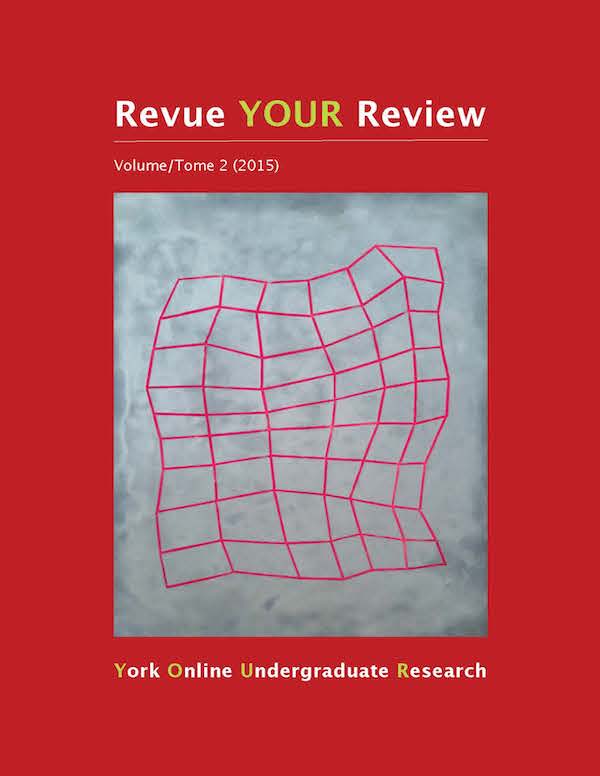Uncertainty Management: Literature Review
Abstract
The following literature review discusses social psychology theories of uncertainty management, namely the Uncertainty Management Model (UMM) proposed by Kees Van den Bos and the Uncertainty-Identity Theory (UIT) proposed by Michael Hogg. Van den Bos’s UMM argues that when individuals feel uncertain, they use fairness judgments to cope with their uncertainty. Conversely, Hogg’s UIT argues that when individuals feel uncertain, they identify with groups to manage their uncertainty. The purpose of this literature review is to effectively analyze UMM and UIT and find relevant research that provides explanation for whether UMM and UIT can in fact both be accurate. The research process consisted of gathering literature specifically surrounding UMM/UIT and then broadening the scope to include journal articles that cover topics of fairness judgments, types of uncertainty, and social identity theory. The literature research revealed that while there are fundamental differences between UMM and UIT, the core concepts of both models have been proven accurate thus far and hold under context-specific situations. This is empirically supported by studies conducted by Cremer, Brebels, and Sedikides that have found that under conditions of general uncertainty individuals use fairness judgments to manage uncertainty, while under conditions of belongingness uncertainty individuals use group identification. By asserting that different types of uncertainty account for different procedural effects, Cremer et al.’s work suggests that perhaps it is the type of uncertainty that actually dictates whether fairness judgments or group identification are utilized when managing uncertainty. This line of research suggests that both UMM and UIT can co-exist and the results of the studies are helping to better define the conditions under which each uncertainty management model prevails.
Downloads
How to Cite
Issue
Section
License
Authors contributing to Revue YOUR Review agree to release their articles under one of three Creative Commons licenses: Creative Commons Attribution 4.0 International; Creative Commons Attribution-NonCommercial 4.0 International; or Creative Commons Attribution-NoDerivatives 4.0 International. All editorial content, posters, and abstracts on this site are licensed under Creative Commons Attribution-NoDerivatives 4.0 International. For further information about each license, see:
https://creativecommons.org/licenses/
In all cases, authors retain copyright of their work and grant the e-journal right of first publication. Authors are able to enter into other contractual arrangements for the non-exclusive distribution of the e-journal's published version of the article (e.g., post it to an institutional repository or publish it in a book or in another journal), with an acknowledgement of its initial publication in this e-journal.


